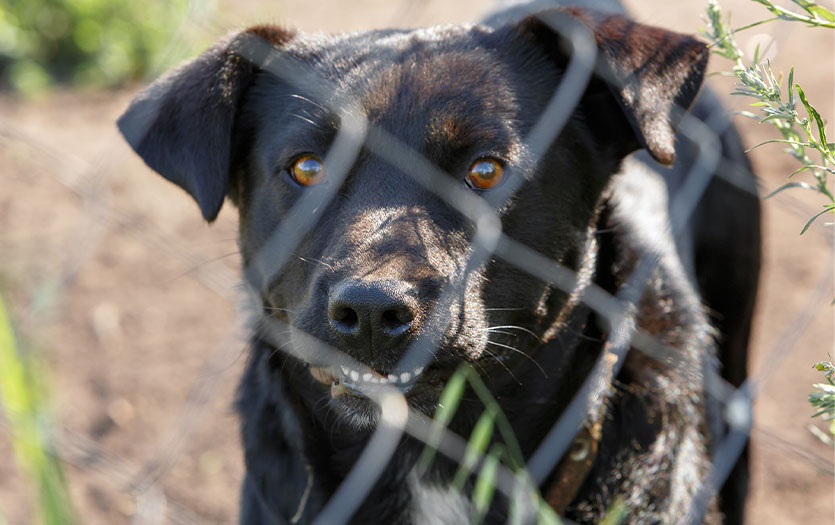
This post was written by Kelly Robinson, NP, PPG – Family Medicine, Primary Care.
Summer means more time outdoors, with amazing wildlife, opportunities to enjoy nature and people out and about walking their pets and taking in the warm temperatures. Unfortunately, it can also mean more interactions with animals and some unexpected injuries that accompany that–such as bites. Each year, millions of people suffer bite wounds, which can vary from minor to potentially serious, often carrying the risk of infection. While dogs are the most common culprit we see, this risk is also present with cats, bugs and even humans. Here, I’ll share some guidance about what to do if you or someone in your care experiences this type of wound.
Recognizing the severity
Minor bites may not require medical attention, but it’s important to know your personal risk. Consider things like:
- Do you have a condition that makes you immunocompromised?
- Where is the bite located?
- Are your immunizations current?
These factors can influence whether medical care is necessary.
When to seek medical care and what to expect
Urgent care is particularly recommended for bites:
-
From potentially rabid animals
-
To the face or hands
-
Affecting tendons, bones or joints
-
That result in puncture wounds
As well as for individuals who have:
-
liver disease
These factors can all increase the risk of infection and warrant medical evaluation.
When seeking medical attention, a healthcare provider will assess the wound, possibly taking photos or samples for documentation. Blood tests, X-rays or wound cultures may be performed, and the provider will inquire about the patient’s tetanus vaccination status. If uncertain, a tetanus booster may be administered. Rabies vaccines may also be given if the status of the pet’s vaccines is unknown, not up to date or the bite is from a wild animal, such as a bat, fox, raccoon or skunk. Rabies can be fatal, so it’s critical that the individual receives a current vaccine.
Treatment
Treatment for bite wounds typically involves cleaning the wound thoroughly with gentle soap and water or an antiseptic. Occasionally, the care team will debride or remove parts of the wound. An antibiotic will be prescribed if signs of infection are present or if the person is at high risk. Augmentin is commonly used, but alternatives are available for those with penicillin allergies.
Signs of infection include
-
redness
-
warmth
-
streaking
-
drainage
To reduce the risk of infection, sutures or stitches are not usually given. Depending on the severity and location of the bite, specialists such as orthopedic surgeons, wound care experts, plastic surgeons or ENT specialists may be consulted.
Prevention
Prevention is key. Avoid confrontational and wild creatures, as well as pets you aren’t familiar with. Educating children on safe interactions with pets and animals is also important.
If you do sustain a bite injury, do not hesitate to contact your primary care provider, visit a walk-in clinic, or, in severe cases, seek care at an emergency department. You may also need to make a follow-up appointment to ensure the wound is resolved and healing.
Source
Primary Care: A Collaborative Practice, edition 5



